Politics has dogged our new children’s hospital from the start
CONTROVERSY has dogged the Lady Cilento Hospital ever since it opened. Yet, even today in 2018, Queensland’s first official dedicated children’s hospital continues to find itself embroiled in strife about its name, writes Michael Madigan.
CM Insight
Don't miss out on the headlines from CM Insight. Followed categories will be added to My News.
IT WAS more a political proposition than a medical one and politics — both of the state and of the Queensland medical fraternity — has dogged the Lady Cilento Hospital ever since it opened on November 29, 2014.
Its genesis goes far back to the first years of the century when it was little more than a gleam in the eye of long-serving Labor premier Peter Beattie.
Yet, even today in 2018, Queensland’s first official dedicated children’s hospital continues to find itself embroiled in controversy.
From accusations from Louise Clune last month that her 13-year-old son Ryan was being treated for chemo in a kitchen because no beds were available, to the ongoing drama about the hospital’s name, the Lady Cilento is rarely out of the news.
It was Beattie, his Treasury bulging with royalties in the midst of the mining boom, who announced two weeks before the 2006 state election that Queensland kids were to get world class care at the largest children’s hospital in the nation.
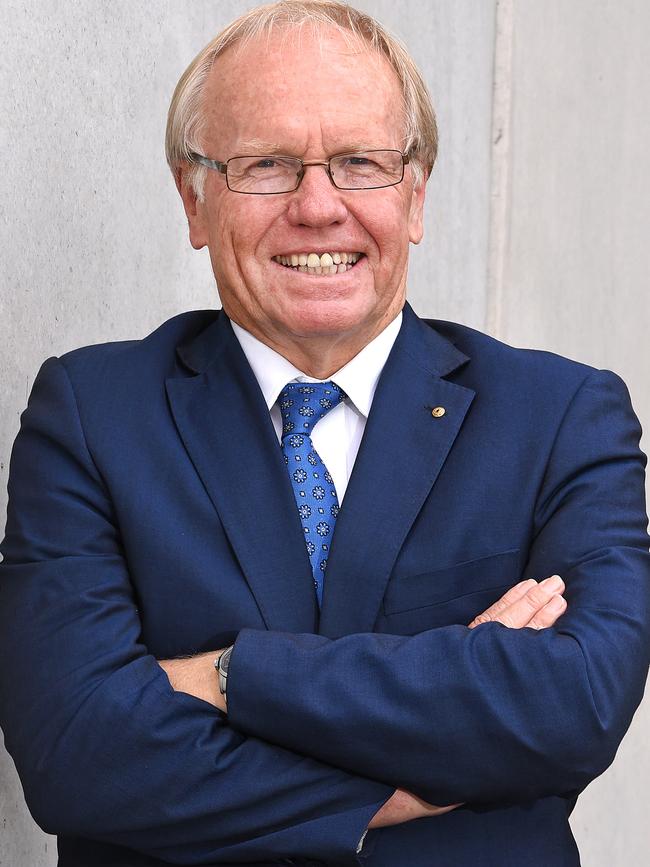
Then, the proposed $700 million super hospital was to have 400 beds and would centralise pediatric services in the southeast, and take Queensland out of its “hicksville’’ status as one of the few first world communities which did not have a stand-alone, dedicated children’s hospital.
The thinking was, and remains, that a centre of excellence in any field where highly credentialed professionals can feed off one another’s expertise produces optimal results.
In 2006 Queensland kids (and their doctors) were being shuttled between two hospitals — the Royal Children’s Hospital at Herston on the north side and the Mater Children’s Hospital at South Brisbane.
“We were the only city in Australia which did not have a dedicated children’s hospital,” Beattie recalls.
“We were going to go on being hicksville, or we were going to do something about it, and I wanted to do something about it.”
Beattie, a former state health minister himself for a brief period during the dying days of premier Wayne Goss’s government, was across the international research pointing to the benefits of centralising skills.
“When you get a critical mass of expertise gathered in one place you get good outcomes, simple as that.’’
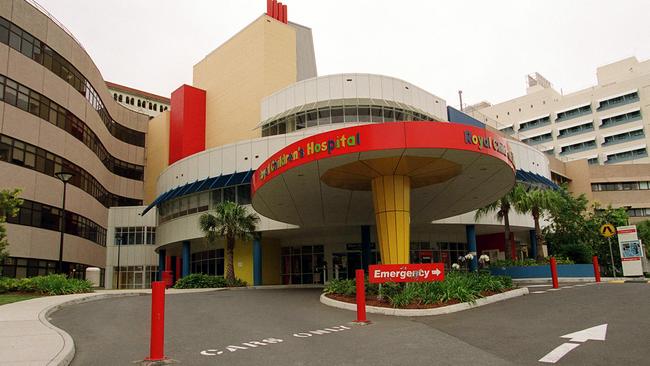
Beattie freely admits he could only make the announcement in the last two weeks of his 2006 election campaign because of the hard work done by the then director-general of Queensland Health, Uschi Schreiber, who had cajoled the fractious and highly politicised Brisbane medical establishment into backing the idea.
There was a laundry list of demands and concerns.
Many doctors didn’t want the hospital simply because they didn’t want to cross the river to reach patients.
But, if the hospital was to go ahead, they were highly prescriptive in their demands on the type of facilities the hospital would offer.
Operating rooms had to be of a certain size and quality, offices has to contain a certain amount of space and be configured in a certain way, et cetera.
“Some of it was just plain ego but I would say about 80 per cent of it simply reflected demands for a good quality medical facility,” Beattie says.
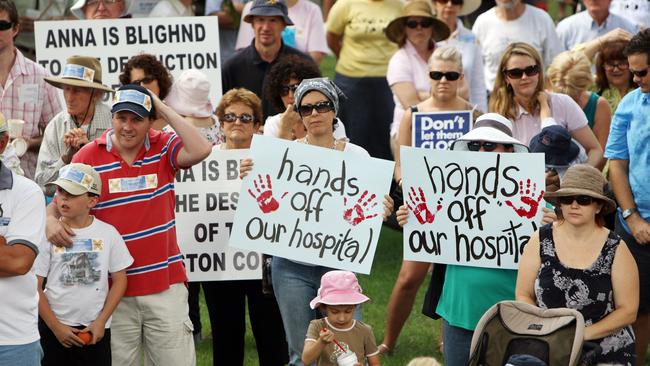
Beattie handed power to premier Anna Bligh in September 2007 and by 2009, with construction costs blowing out to beyond the $1 billion mark — to eventually reach $1.4 billion — the Bligh government was forced to cut back on some of the promised funding because of Budget constraints. When the medical establishment got wind that their palatial new hospital was not going to quite measure up to what was originally promised, they began leaking negative stories to media outlets including The Courier-Mail, and the hospital’s shining public image began to tarnish.
The November 29, 2014 opening was — by unanimous agreement — a disaster.
An independent report commissioned by the Labor Government the following year found clinicians were waiting around loading docks in the days before the opening hoping vital equipment would arrive in time (it didn’t), while the phone system wasn’t operating properly and there wasn’t even enough gel and soap dispensers in the hallways, posing infection risks.
Crucially, in the first year of the hospital’s operation a 12-week-old boy from Bundaberg and a 15-week-old Maryborough girl died after their emergency surgery was delayed.
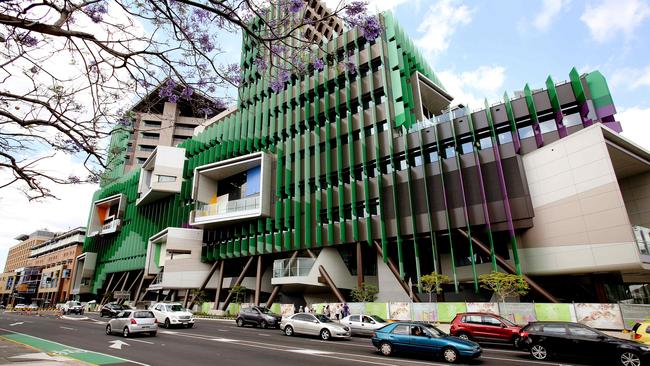
To Lawrence Springborg, the LNP health minister at the helm when the doors opened, and the one who shouldered the blame, it was clearly not good enough.
“Was it properly planned, was it properly funded? Probably not,’’ the now retired Springborg says, looking back.
But Springborg also says the pressures to open on schedule were immense. With one crane hanging in the sky costing as much as $250,000 a week simply to be there, the enormous cost to taxpayers had to be taken into account.
As for the name — it’s still a contentious issue and not merely because Lady Phyllis Dorothy Cilento was a distinguished medical practitioner who held racist and homophobic views which included a comment in a newspaper column that homosexuals were “a malignant tumour” on society.
Cilento was also married to Dr Raphael Cilento, an advocate of eugenics who believed in the superiority of the white races. Those views (not regarded by those white races as so outlandish in their time) are not the sole reason many regard the name as inappropriate.
A central problem is that many Queenslanders assume that, with a name like that, the hospital is private.
Springborg says many Australian hospitals appear to have Royal names, and while the Lady Cilento was to be called The Queensland Children’s Hospital, there were views being bandied about before the 2014 opening that it might be called the Prince George Children’s Hospital, after Prince George of Cambridge was born in July 2013.
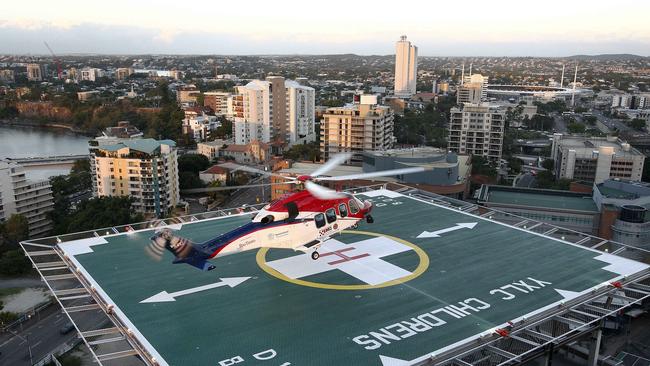
But the ruling LNP Party came up with a name in honour of one of Queensland’s more distinguished physicians (who also happened to be a friend of former National Party premier Sir Joh Bjelke Petersen) and Springborg was not going to spend hundreds of thousands of dollars holding up the opening of the hospital to engage in debate over a name.
The name presents problems beyond the fact that a $1.4 billion public asset may be regarded by many Queenslanders as the product of private enterprise.
Dr Ben Whitehead director of Pediatric Rheumatology and chair of the Children’s Health Queensland Medical Staff Association, says geography matters when it comes to the world of medical research.

“The hospital (the Lady Cilento) is producing internationally recognised research in child health, however, due to lack of recognition of the name, members of the medical community and those that rely on research would be unaware that the research is being produced in Queensland,” Whitehead says.
Researchers working at the hospital sometimes use other affiliations — such as a university involved in the research — to label their work when presenting it to their peers, robbing the hospital of the kudos.
“If we are not gaining from that recognition the question is, are we missing out on some advantages we could receive in the future?” Whitehead says.
Ultimately, the name change is up to Health Minister Steven Miles, who opened the debate to the public last month with the deadline for submissions on a name change closing at midnight last night.
While Miles is making no commitment, it’s clear that he is open to the concerns of the 900 staff who have signed a petition calling for the name change, and he’s listened closely to Dr Whitehead.

“Researchers have told me that the current hospital name also causes confusion overseas,” Miles says.
“And the Children’s Hospital Foundation believes they can raise more money for lifesaving medical research and vital new medical equipment if we change the name of the hospital.”
For the hospital’s ultimate boss, David Gow, Chair of the Children’s Health Queensland Hospital and Health Board, the Lady Cilento is simply a success, providing specialist paediatric care.
“(It) plays a vital role in the lives of Queenslanders by providing and co-ordinating care for our sickest and most seriously injured children through hospital-based services and use of technology,” he says.
To Beattie, the Lady Cilento is an achievement — a legacy of his time in government and one with enormous benefits for Queenslanders.
“The hospital is in our interests and in the interests of our kids,” Beattie says.
“And I think we should just get behind it.”
michael.madigan@news.com.au


